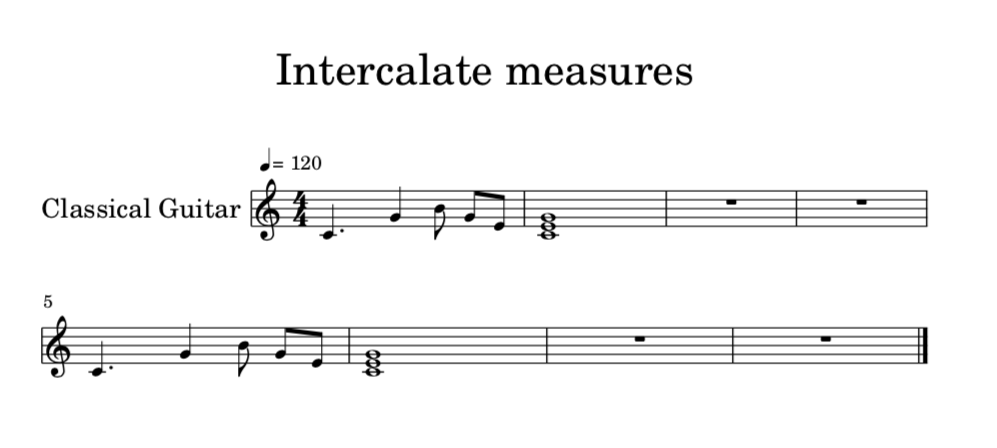
The first way to find modulations in your music is pretty simple. Now let's find out how you can spot modulations in your music before you even start playing.

Make sure to watch me do examples of this in the video at the end of this lesson to help reinforce all of this. Once you change keys you'll change the note that you start these chords on. Primary chords are built upon the 1st, 4th and 5th notes of the scale. Not only does the tonal center change but so do the actual chords and chord progressions. You can really hear this when you go from a major key to a minor one. All this means is that all of the chords and progressions will be centered around the new key and usually the dominant of that key. We don't follow the previous key signature once we come into the new one.Īnytime you see and start playing a new key signature in your piece, you will know that you have just modulated into a new key.

What this does is change how many sharps or flats we will play for the notes in the section with the new key signature. When we move from one key - C to another key - D, we say that we modulate from C to D.

Modulations are what we call these key changes in music that we talked about in Step 1. The first time I ever heard the term modulation, I thought it was something that you did in Jazz music! Little did I know at the time, modulations happen all the time.


 0 kommentar(er)
0 kommentar(er)
